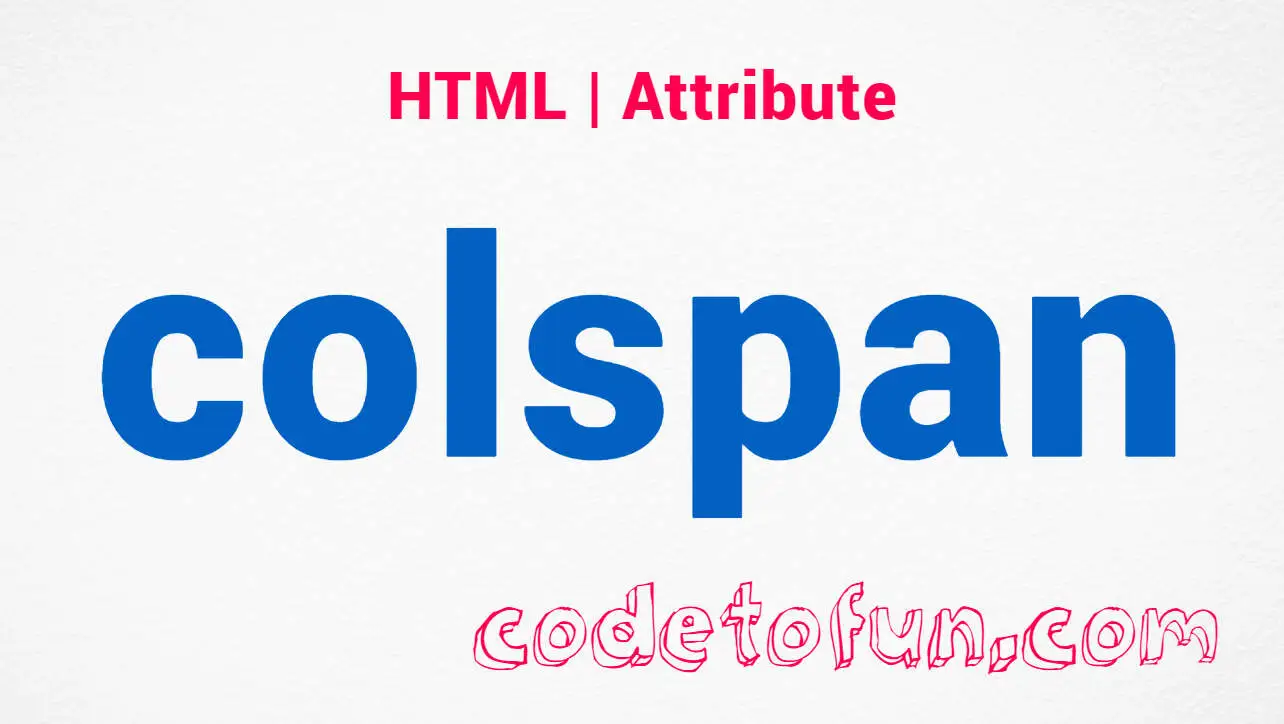
HTML Basic
HTML Reference
- HTML Tags
- HTML Deprecated Tags
- HTML Events
- HTML Attributes
- accept
- accept-charset
- accesskey
- action
- align
- alt
- as
- async
- autocomplete
- autofocus
- autoplay
- bgcolor
- border
- charset
- checked
- cite
- class
- color
- cols
- colspan
- content
- contenteditable
- controls
- coords
- data
- data-*
- datetime
- default
- defer
- dir
- dirname
- disabled
- download
- draggable
- enctype
- enterkeyhint
- for
- form
- formaction
- headers
- height
- hidden
- high
- href
- hreflang
- http-equiv
- id
- inert
- inputmode
- ismap
- kind
- label
- lang
- list
- loop
- low
- max
- maxlength
- media
- method
- min
- multiple
- muted
- name
- novalidate
- onabort
- onafterprint
- onbeforeprint
- onbeforeunload
- onblur
- oncanplay
- oncanplaythrough
- onchange
- onclick
- oncontextmenu
- oncopy
- oncuechange
- oncut
- ondblclick
- ondrag
- ondragend
- ondragenter
- ondragleave
- ondragover
- ondragstart
- ondrop
- ondurationchange
- onemptied
- onended
- onerror
- onfocus
- onhashchange
- oninput
- oninvalid
- onkeydown
- onkeypress
- onkeyup
- onload
- onloadeddata
- onloadedmetadata
- onloadstart
- onmousedown
- onmousemove
- onmouseout
- onmouseover
- onmouseup
- onmousewheel
- onoffline
- ononline
- onpagehide
- onpageshow
- onpaste
- onpause
- onplay
- onplaying
- onpopstate
- onprogress
- onratechange
- onreset
- onresize
- onscroll
- onsearch
- onseeked
- onseeking
- onselect
- onstalled
- onstorage
- onsubmit
- onsuspend
- ontimeupdate
- ontoggle
- onunload
- onvolumechange
- onwaiting
- onwheel
- open
- optimum
- pattern
- placeholder
- popover
- popovertarget
- popovertargetaction
- poster
- preload
- readonly
- rel
- required
- reversed
- rows
- rowspan
- sandbox
- scope
- selected
- shape
- size
- sizes
- span
- spellcheck
- src
- srcdoc
- srclang
- srcset
- start
- step
- style
- tabindex
- target
- title
- translate
- type
- usemap
- value
- width
- wrap
- HTML Global Attributes
- HTML Status Code
- HTML Language Code
- HTML Country Code
- HTML Charset
- MIME Types
HTML colspan Attribute

Photo Credit to CodeToFun
🙋 Introduction
In HTML, the colspan attribute is used within a table to define the number of columns a cell should span horizontally.
This attribute is particularly useful when you want to create table structures with merged or extended cells, providing a flexible way to organize and present tabular data.
🎯 Purpose of colspan
The primary purpose of the colspan attribute is to control the visual layout of tables by allowing a single cell to cover multiple columns.
This can be beneficial for creating more visually appealing and readable tables.
💎 Values
The colspan attribute accepts a numeric value, specifying the number of columns a cell should span. The value must be a positive integer greater than or equal to 1. If the value is set to 1, the cell spans only one column.
📄 Example
Let's take a look at a simple example to understand how the colspan attribute works:
<table border="1">
<tr>
<td>Row 1, Cell 1</td>
<td>Row 1, Cell 2</td>
<td colspan="2">Row 1, Cell 3 and 4 (colspan=2)</td>
</tr>
<tr>
<td>Row 2, Cell 1</td>
<td>Row 2, Cell 2</td>
<td>Row 2, Cell 3</td>
<td>Row 2, Cell 4</td>
</tr>
</table>🧠 How it Works
In this example, the third cell in the first row has a colspan attribute set to 2, indicating that it should span two columns. As a result, this cell covers both the third and fourth columns.
🔄 Dynamic Values with JavaScript
You can dynamically set the colspan attribute using JavaScript to adjust the layout of your tables based on user interactions or specific conditions. Here's a brief example:
<script>
// Dynamically set colspan for a table cell
document.getElementById("dynamicCell").colSpan = 3;
</script>🧠 How it Works
In this script, the colSpan property is set to 3 for a table cell with the id dynamicCell. This dynamic adjustment can be helpful when you need to respond to changes in your data or user actions.
🏆 Best Practices
- Use the
colspanattribute thoughtfully to enhance the visual structure of your tables without sacrificing clarity. - Avoid excessive use of colspan as it may make your table more complex and harder to understand.
- Always test your tables across different browsers to ensure consistent rendering.
🎉 Conclusion
The colspan attribute is a valuable tool for designing tables in HTML, allowing developers to create more sophisticated and visually appealing layouts. By mastering the use of colspan, you can efficiently organize and present tabular data on your web pages.
👨💻 Join our Community:
Author

For over eight years, I worked as a full-stack web developer. Now, I have chosen my profession as a full-time blogger at codetofun.com.
Buy me a coffee to make codetofun.com free for everyone.
Buy me a Coffee












If you have any doubts regarding this article (HTML colspan Attribute), please comment here. I will help you immediately.